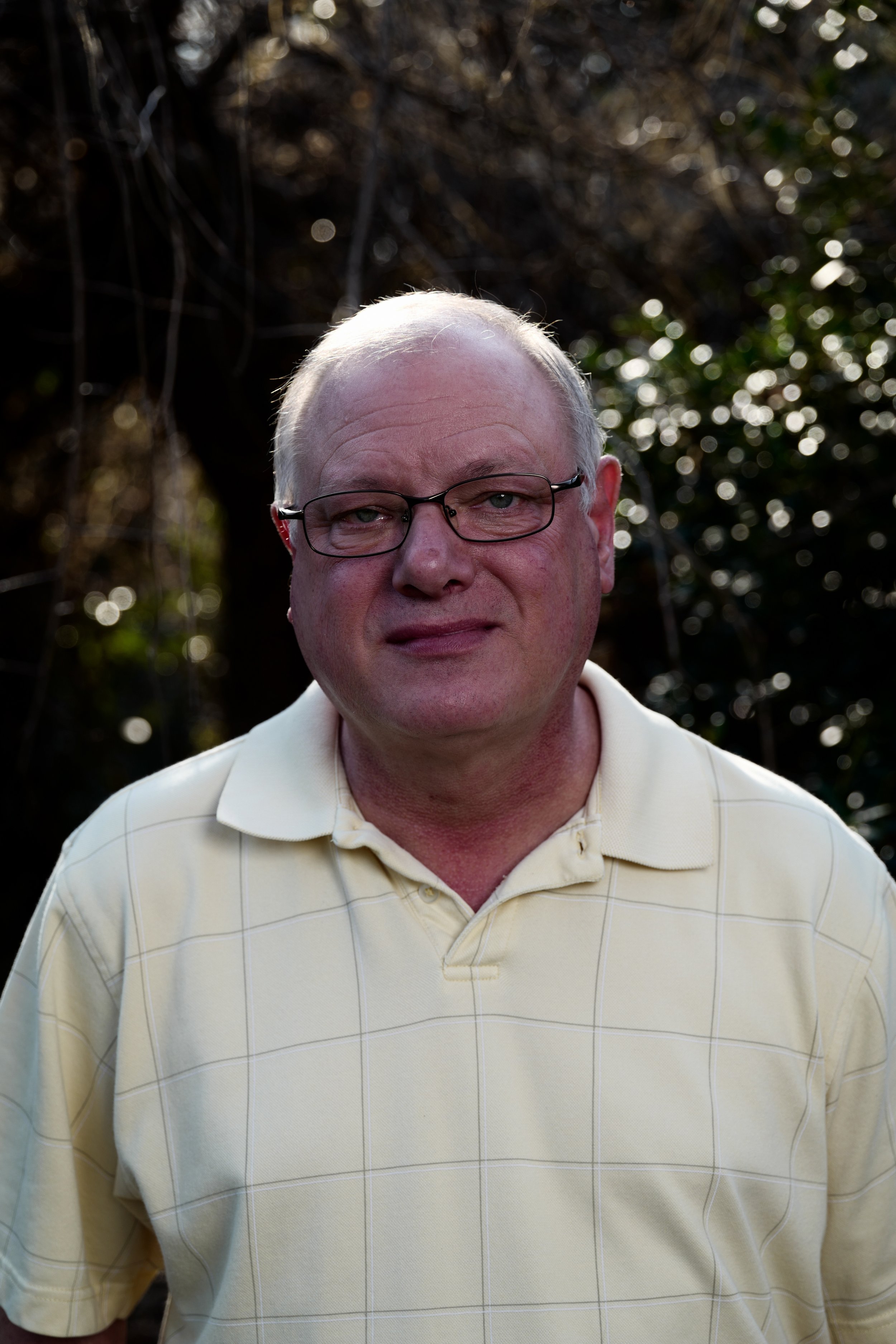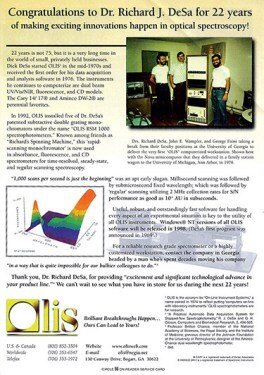Some Of Circularly Polarized Luminescence
Wiki Article
Some Ideas on Spectrophotometers You Should Know
Table of ContentsUv/vis for DummiesSome Known Incorrect Statements About Circular Dichroism Some Known Factual Statements About Spectrophotometers The smart Trick of Uv/vis That Nobody is Talking AboutThings about Circularly Polarized Luminescence

Spectrophotometry is a tool that hinges on the quantitative analysis of molecules depending on how much light is taken in by colored compounds.
Uv/vis/nir Things To Know Before You Buy
A spectrophotometer is frequently used for the measurement of transmittance or reflectance of options, transparent or opaque solids, such as polished glass, or gases. Although many biochemicals are colored, as in, they soak up visible light and therefore can be determined by colorimetric procedures, even colorless biochemicals can typically be converted to colored substances ideal for chromogenic color-forming reactions to yield substances suitable for colorimetric analysis.: 65 Nevertheless, they can also be designed to measure the diffusivity on any of the listed light ranges that normally cover around 2002500 nm utilizing various controls and calibrations.An example of an experiment in which spectrophotometry is utilized is the determination of the stability constant of an option. A particular chemical response within an option might happen in a forward and reverse direction, where reactants form products and products break down into reactants. Eventually, this chain reaction will reach a point of balance called a balance point.
How Uv/vis can Save You Time, Stress, and Money.
The amount of light that goes through the solution is indicative of the concentration of certain chemicals that do not allow light to travel through. The absorption of light is because of the interaction of light with the electronic and vibrational modes of molecules. Each type of molecule has a specific set of energy levels connected with the makeup of its chemical bonds and nuclei and thus will take in light of specific wavelengths, or energies, leading to distinct spectral homes.
They are commonly utilized in numerous markets consisting of semiconductors, laser and optical manufacturing, printing and forensic assessment, as well as in laboratories for the study of chemical substances. Spectrophotometry is typically used in measurements of enzyme activities, determinations of protein concentrations, determinations of enzymatic kinetic constants, and measurements of ligand binding reactions.: 65 Ultimately, a spectrophotometer is able to identify, depending on the control or calibration, what compounds are present in a target and exactly how much through calculations of observed wavelengths.
Created by Arnold O. Beckman in 1940 [], the spectrophotometer was produced with the aid of his associates at his business National Technical Laboratories established in 1935 which would become Beckman Instrument Business and eventually Beckman Coulter. This would come as a service to the previously developed spectrophotometers which were unable to take in the ultraviolet properly.
The Ultimate Guide To Uv/vis/nir
It would be found that this did not offer satisfying outcomes, for that reason in Check This Out Model B, there was a shift from a glass to a quartz prism which permitted better absorbance results - circularly polarized luminescence (https://www.cgmimm.com/arts-entertainment/olis-clarity). From there, Design C was born with an adjustment to the wavelength resolution which wound up having three systems of it producedIt irradiates the sample with polychromatic light which the sample takes in depending on its properties. Then it is transmitted back by grating the photodiode range which detects the wavelength region of the spectrum. Given that then, the creation and implementation of spectrophotometry devices has actually increased immensely and has turned into one of the most innovative instruments of our time.

The 10-Minute Rule for Uv/vis/nir
The grating can either be movable or repaired.In such systems, the grating is fixed and the intensity of each wavelength of light is measured by a different detector in the range. Additionally, most contemporary mid-infrared spectrophotometers utilize a Fourier change technique to obtain the spectral information - http://www.askmap.net/location/6824320/united-states/olis-clarity. This technique is called Fourier change infrared spectroscopy. When making transmission measurements, the spectrophotometer quantitatively compares the fraction of light that goes through a recommendation solution and a test service, then digitally compares the intensities of the two signals and calculates the portion of transmission of the sample compared to the reference standard.

Report this wiki page